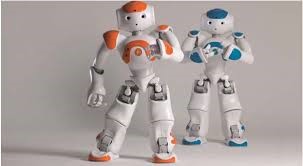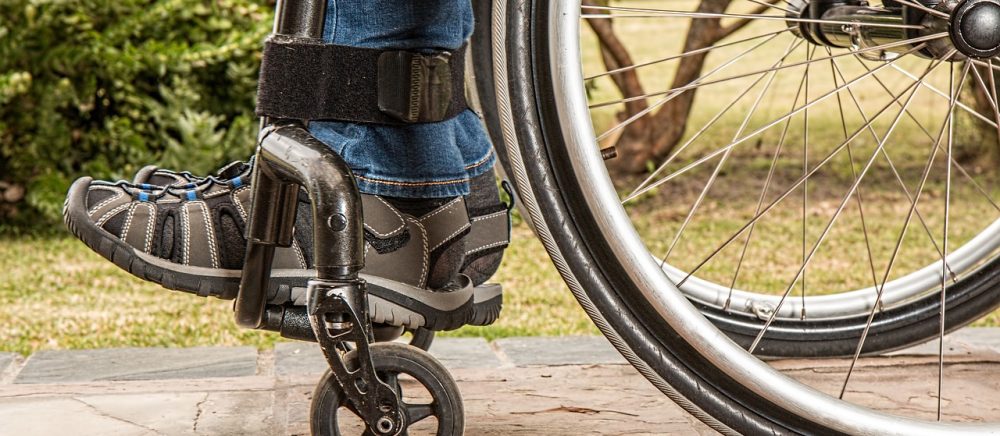I find socially assistive robotics to be a very interesting field. I think that these robots hold a lot of potential in helping humans, but there is also the potential to do harm.
Specifically, I’m going to talk about socially assistive robots (SARs) that are meant to help people with autism spectrum disorder (ASD) improve their social skills. To learn more about this area in more detail, you can read the article, “Socially assistive robots: current status and future prospects for autism interventions” by Dickstein-Fischer et. al. This discussion, however, is going to be more about the general application of SARs in this area, rather than more specific cases.

The Positives
First, I want to talk about some of the very useful aspects of SARs in helping people with ASD improve their social skills. The article mentioned above lists some very compelling reasons that are very prevalent. SARs are more accessible, affordable, and result in less administrative burden than current practices. This has been researched pretty significantly, to the point that I suspect SARs will become commonplace for this application very soon.
My Concern
However, there is a big problem that I don’t think is being considered enough.
My brother is two years older than me and has autism spectrum disorder. Sometimes people are surprised to learn that out of the two of us, my brother was infinitely more popular than me by the time we were both in high school (and I was by no means antisocial).
Now, part of the reason my brother was so popular was his personality: his kindness, good humor, and general likability has always made people like him. However, he still had to overcome the prejudice that people have toward individuals with intellectual disabilities. This is not necessarily blatant and aggressive prejudice, sometimes it is more subtle. People aren’t always naturally inclined to try and hang out with people different than themselves.
One thing that I think helped my brother get used to other people, and helped other people get more used to him and people similar to him, was the human interactions he had throughout his childhood. This included his peers, but it also extended to his instructors, family, and doctors.
I think that even if SARs end up being just as effective at teaching social skills as human specialists, we are potentially exacerbating the already prevalent discrimination that people with autism spectrum disorder face. We are removing one of their crucial moments of human interaction from their childhood.
So, What Should Be Done?
Honestly, I don’t think we will stop using SARs, even if they are proven to be less good than human instructors. The financial benefits alone will be enough to encourage them to become commonplace.
Rather than stop progress with SARs in educating people with autism spectrum disorder, I hope that social reform occurs that makes the currently invaluable interactions with human specialists unnecessary because children with autism spectrum disorder have sufficient social interaction with other humans through other means.
What do you think? Do you think this is a problem? If so, how do you think it can be addressed? If not, do you have any other concerns about SARs? Let me know in the comments below!

Great post! I’m curious about some of the cost benefit analyses that are being run to deal with the notion of replacing humans… if people are only looking at the numbers something does not seem right about that. Aside from that, I’m also concerned about kids that have ASD forming obsessions with robots… but that is a whole other issue entirely.